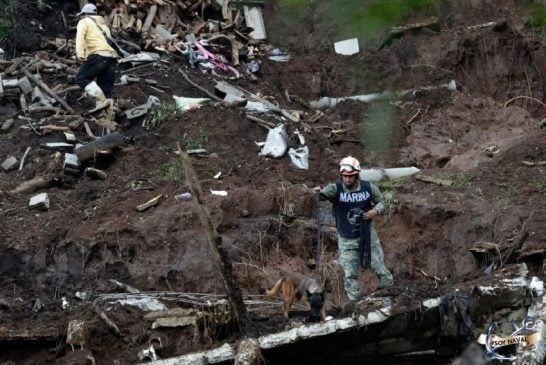Mexico City, Mexico — A woman from Tuscon, Arizona has voluntarily returned more than dozen archaeological pieces to Mexican authorities. The delivery of the pieces took place at the Mexican Consulate in Tucson Friday.
Mexico’s INAH (Instituto Nacional de Antropología e Historia) has since determined that the 13 returned pieces date from the Classic Mesoamerican (200-750 AD) and Postclassic Mesoamerican (1200 AD-1541 AD) periods.
According to experts from the National Institute of Anthropology and History (INAH), it was determined that these heritage assets correspond to cultures of the Central Highlands.
Pieces of Teotihuacan style such as a miniature mask and fragments of anthropomorphic figurines as well as an anthropomorphic figurine in the Mexica style, which represents a female character wearing a headdress, ear muffs and a quechquemitl (a garment formed by two united rectangles) and holding an infant on her lap were part of the 13 returned.
A necklace of spherical and discoidal beads made of greenish metamorphic rock as well as a bifacial knife and a pair of winches were also in the return.
The objects, considered movable archaeological monuments of the Mexican nation, were delivered to the consulate in a ceremony attended by U.S. citizen Julie Qashu who had the pieces. Oashu said she wanted to return them to preserve and promote the cultural heritage of Mexico.
“The restitution of these pieces constitutes an example of the cooperation between Mexico with various countries in matters of protection of heritage assets, as well as an example of good international practices for the conservation of the historical past of nations and the commitment of individuals with the return of cultural objects to their places of origin,” the SRE (Secretaría de Relaciones Exteriores) reported.
Private collectors abroad who currently have Mexican pieces in possession are invited to join in the protection and safeguarding of these assets, and to return them for study, conservation and dissemination, since they are objects that bear witness to the identity and memory of the native peoples of Mexico.


